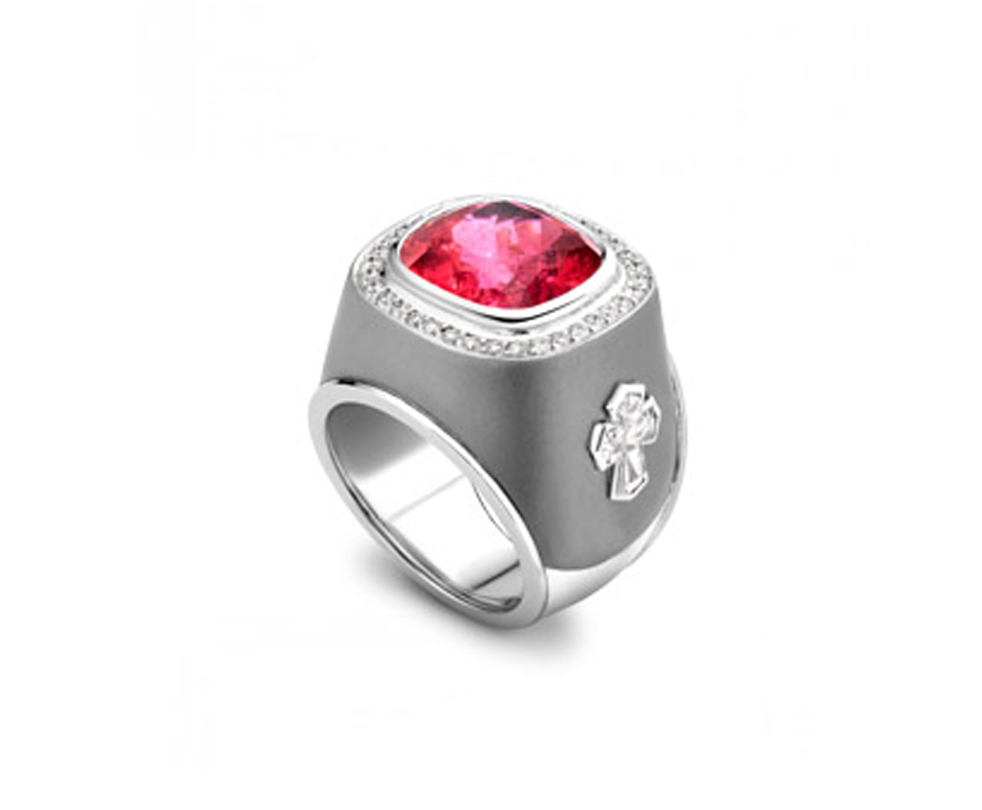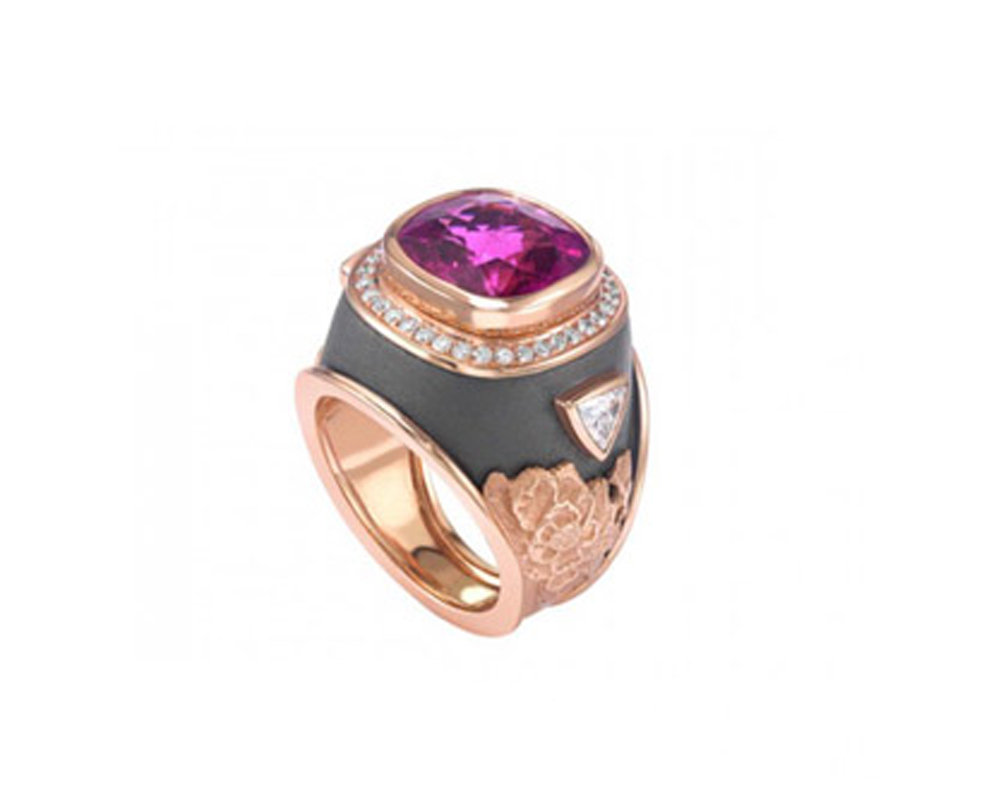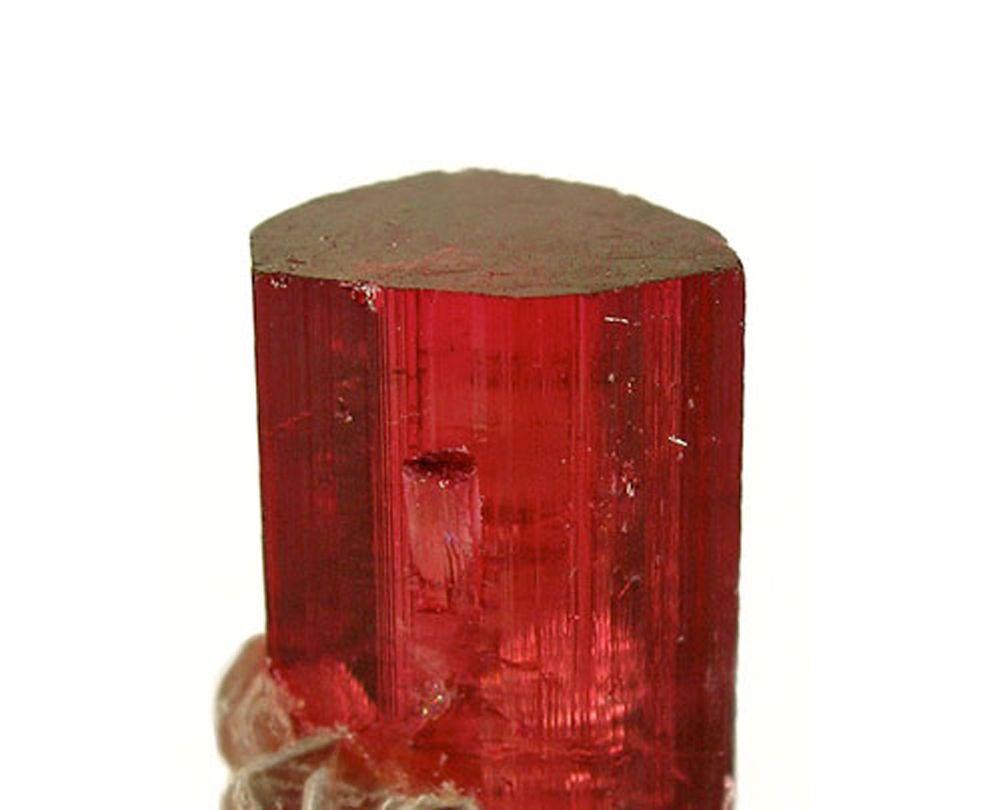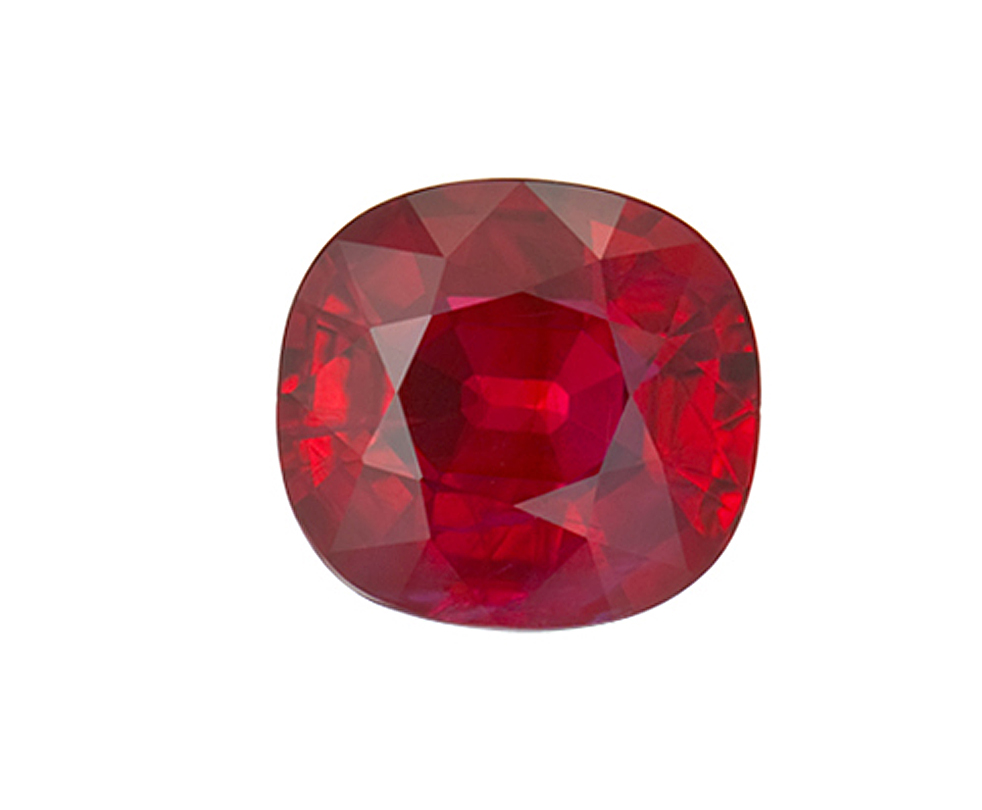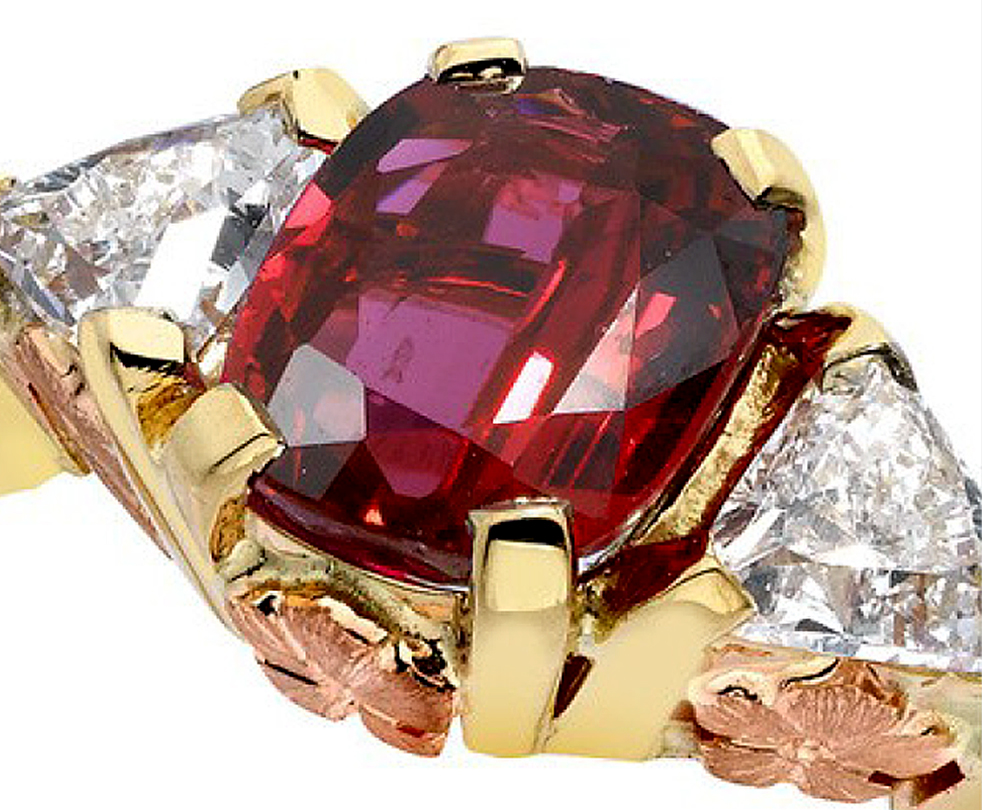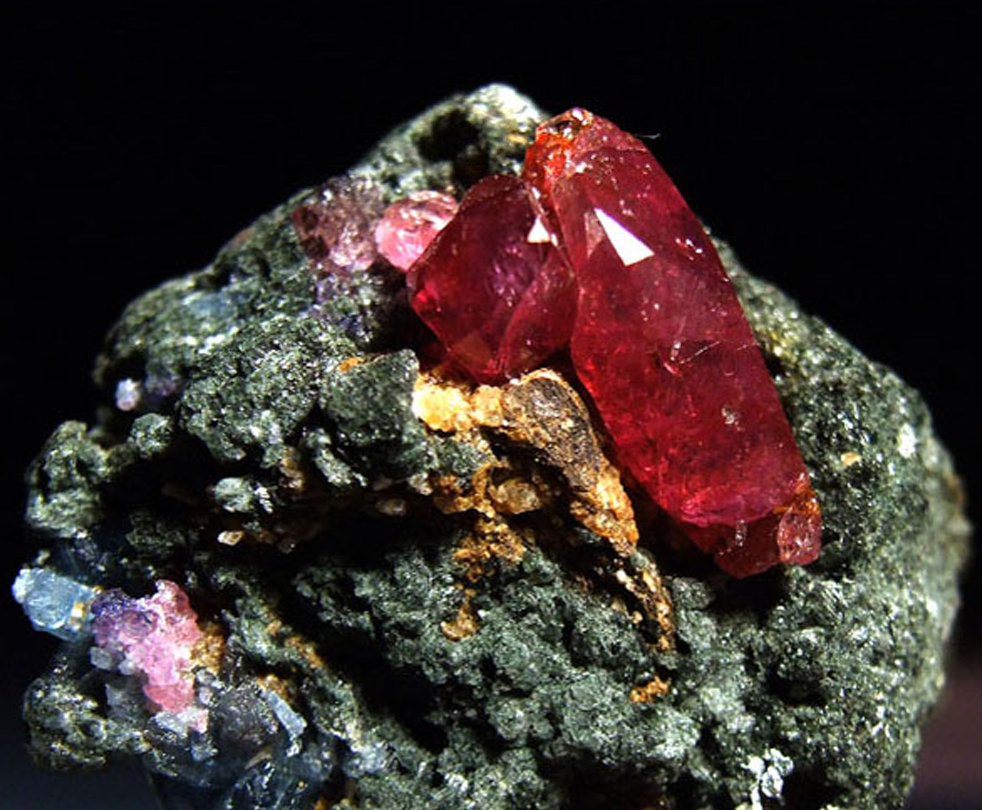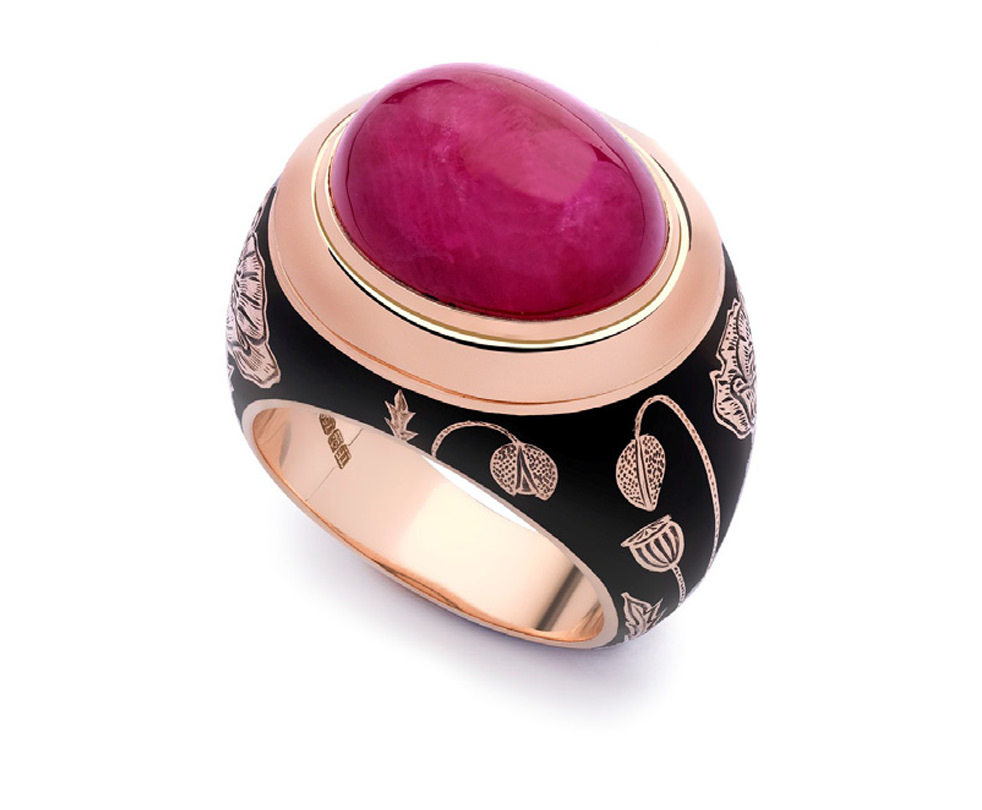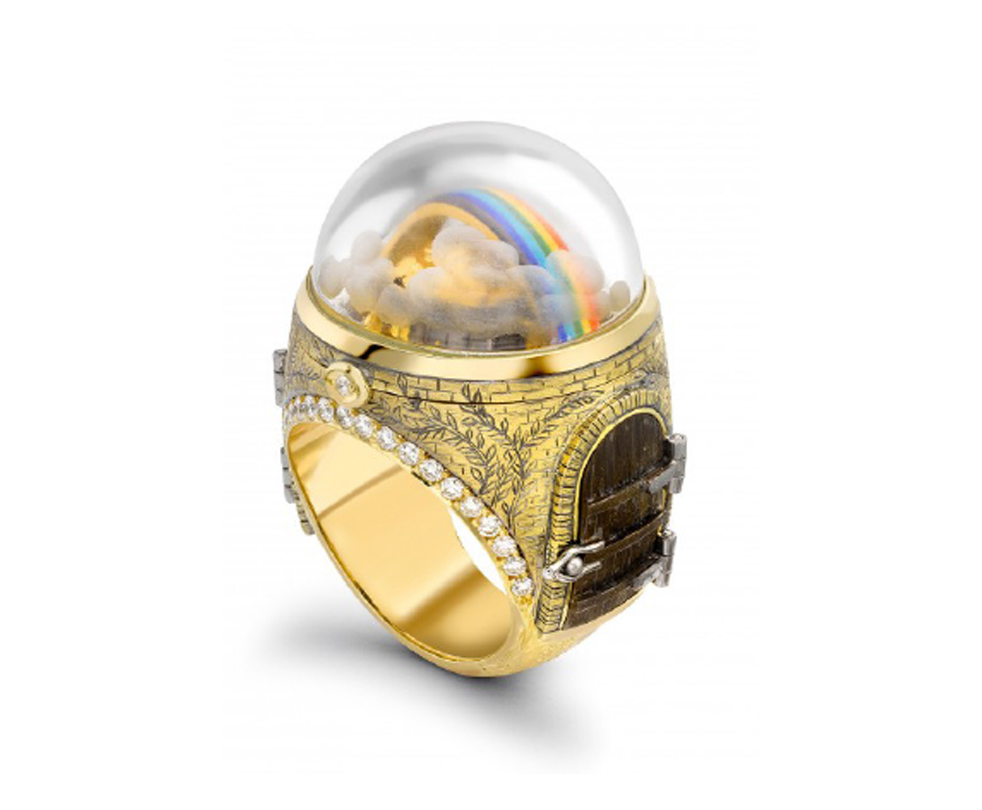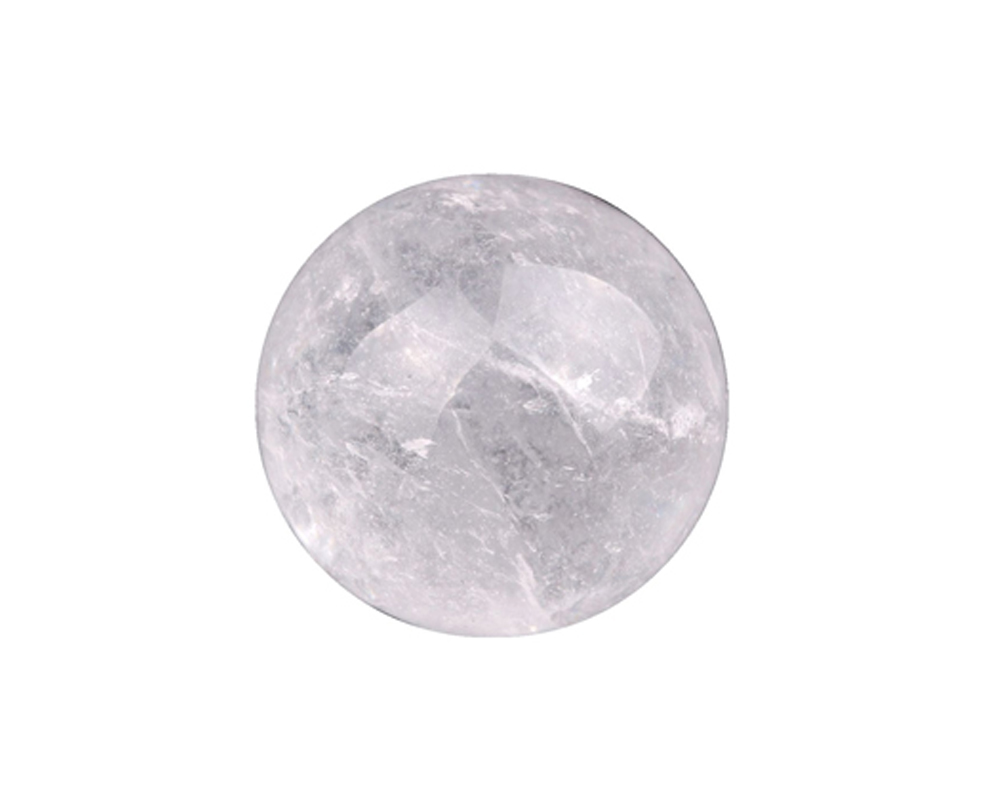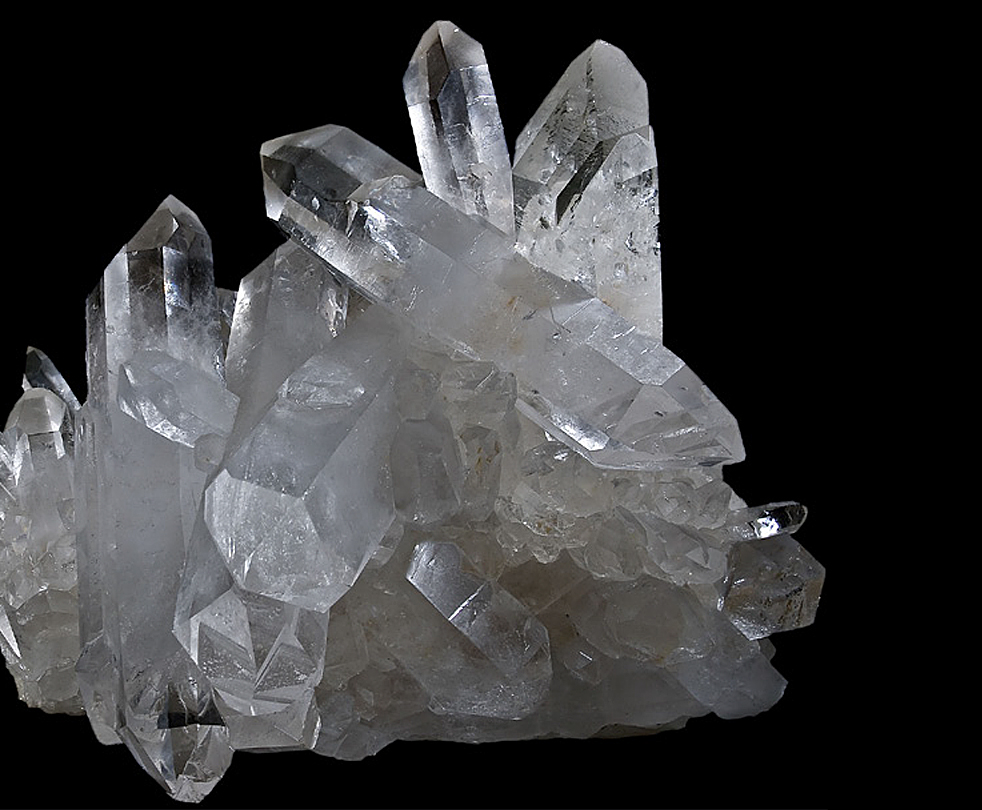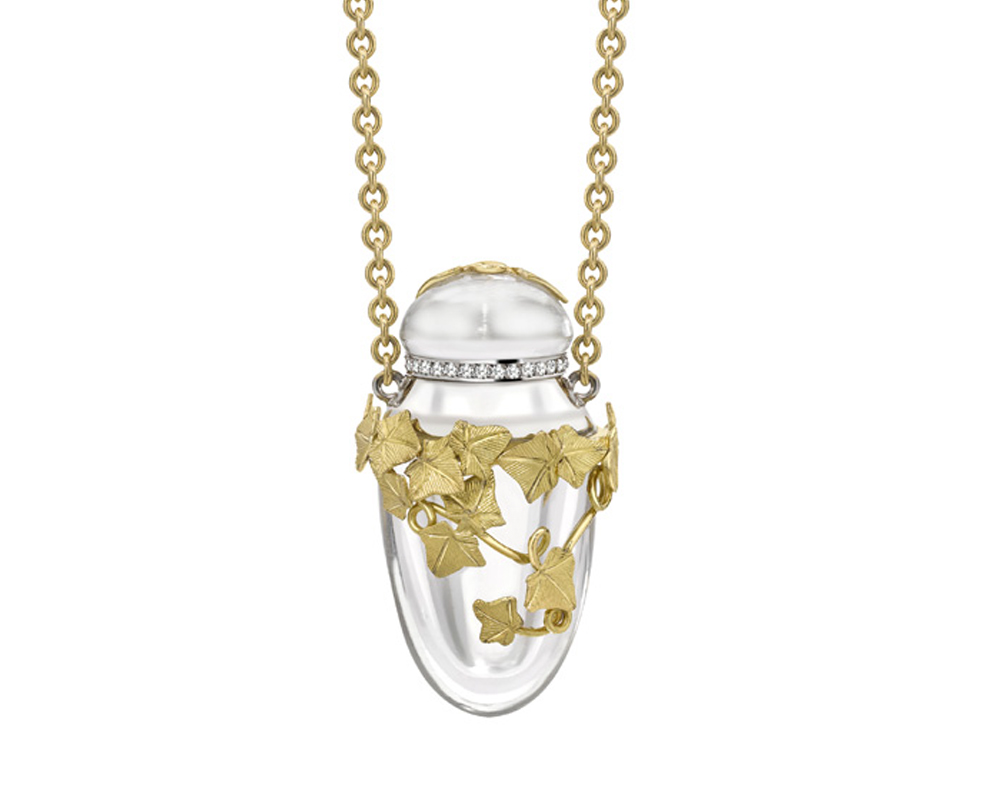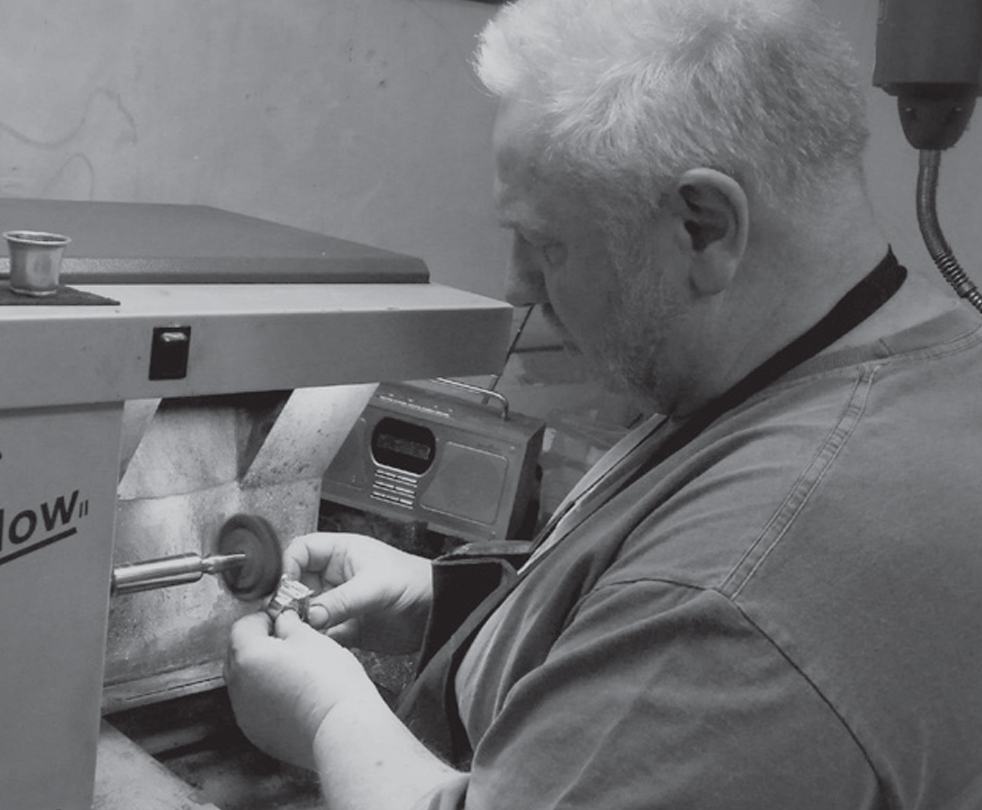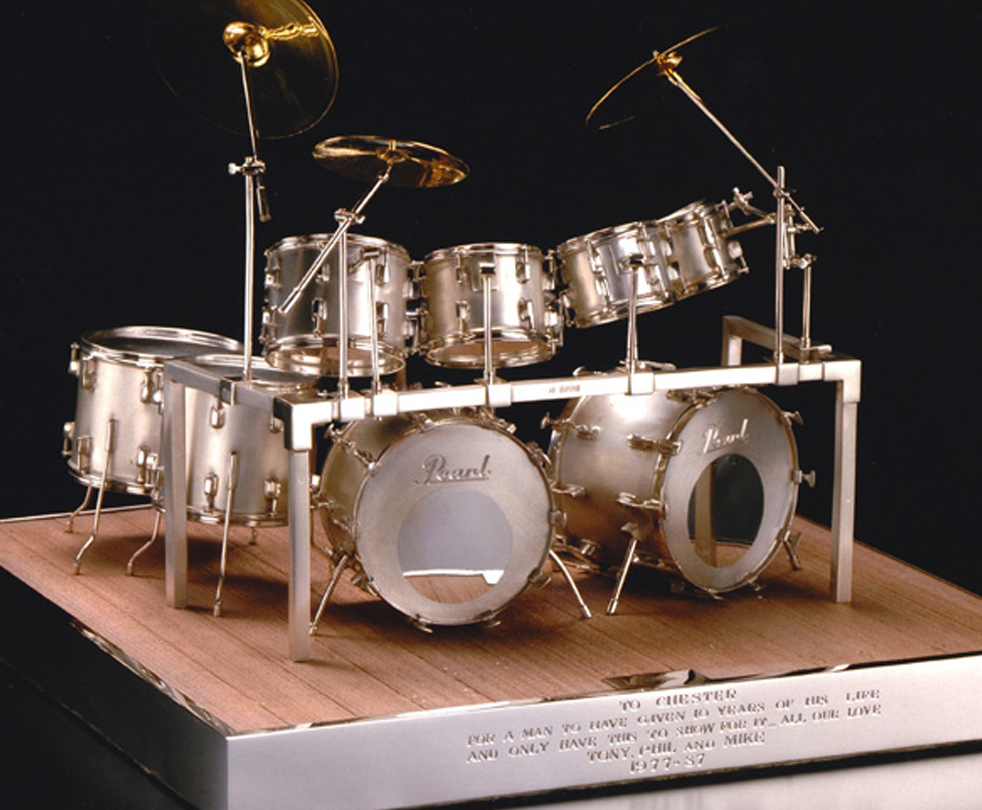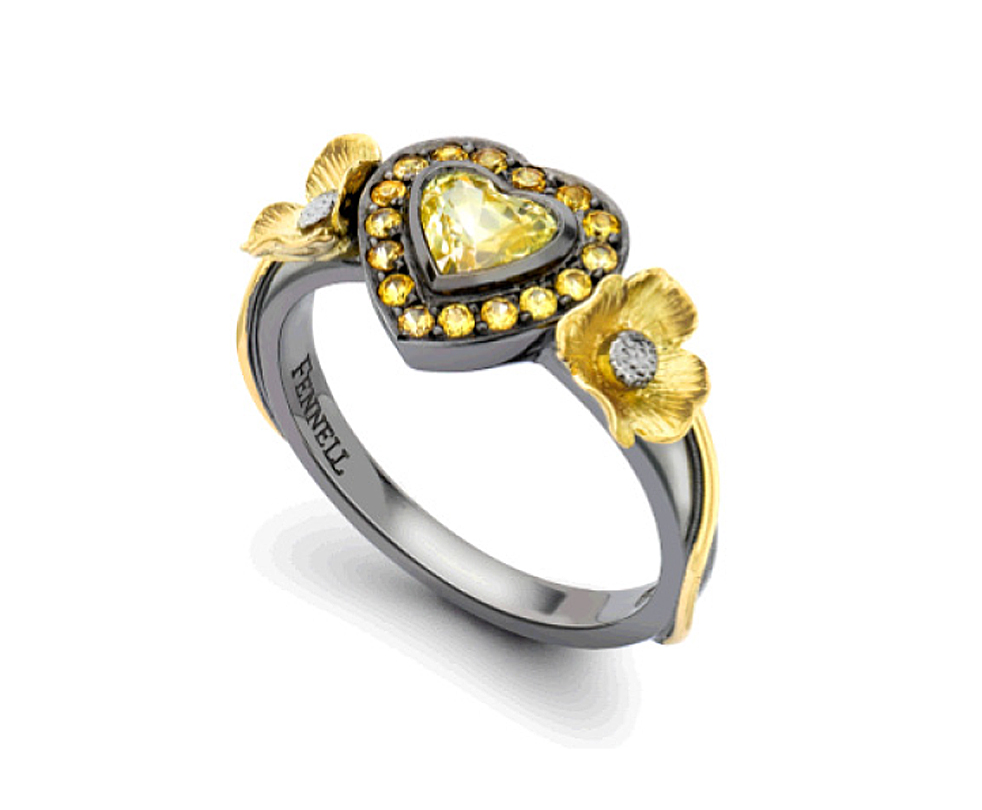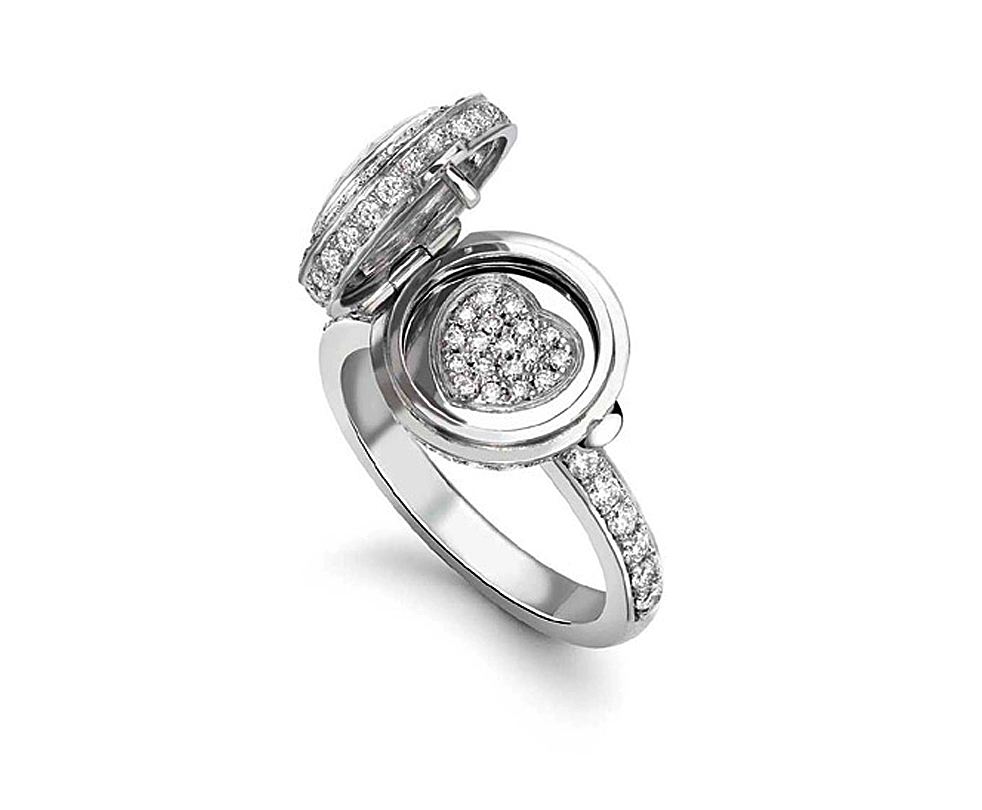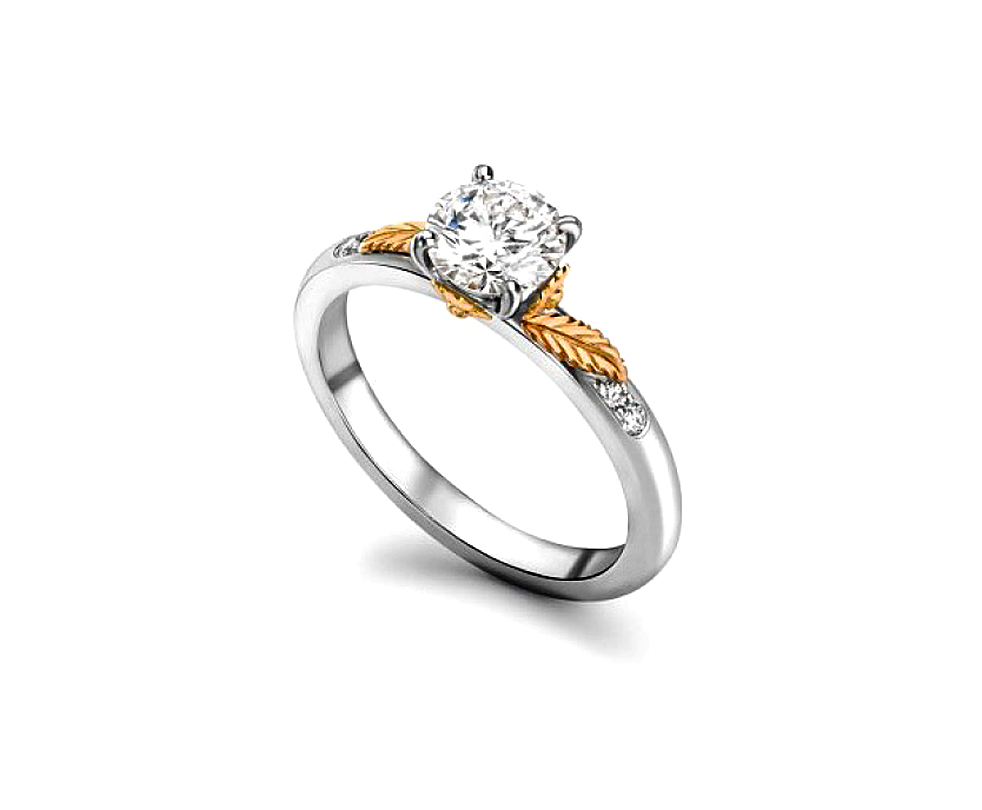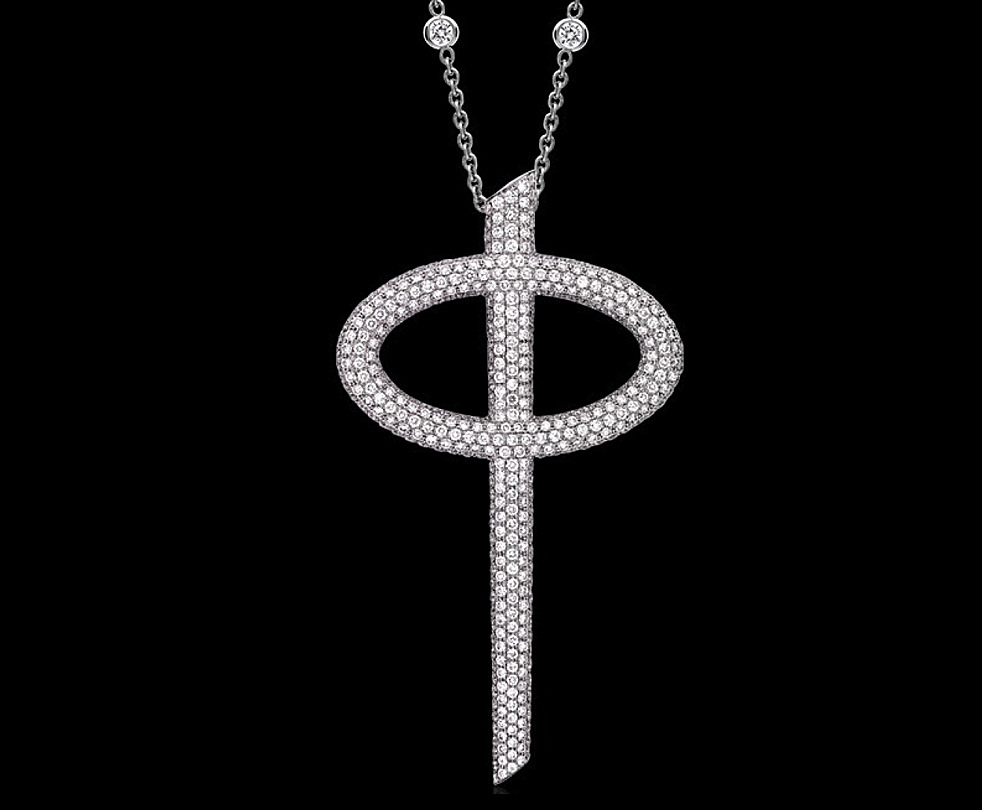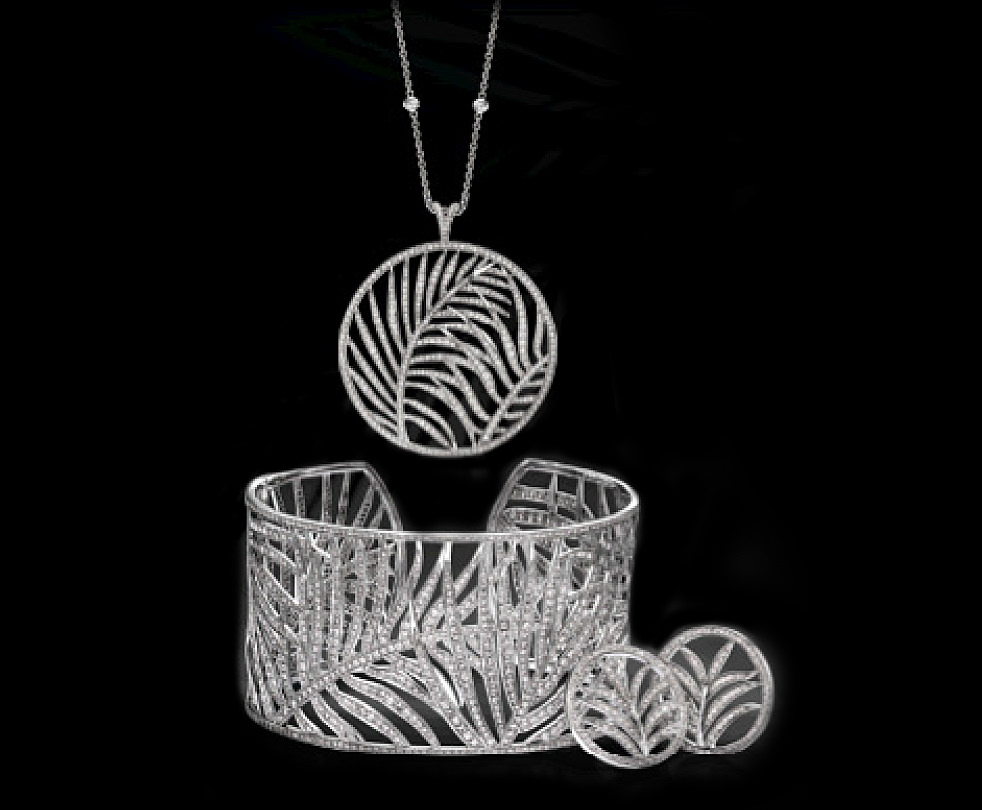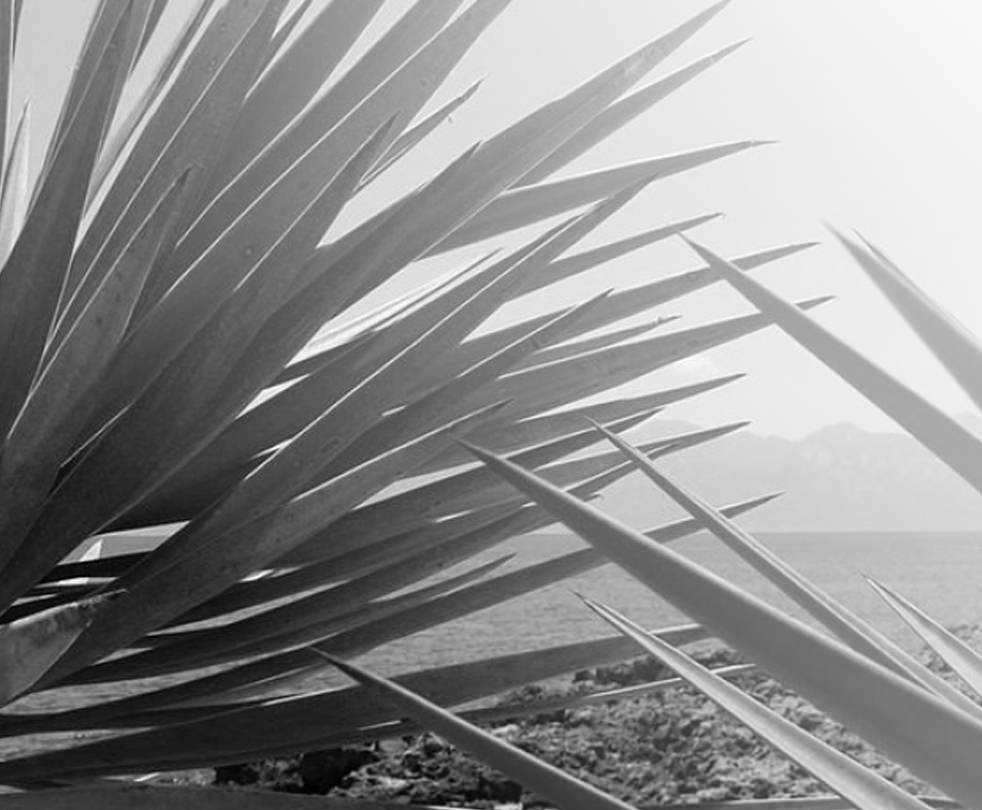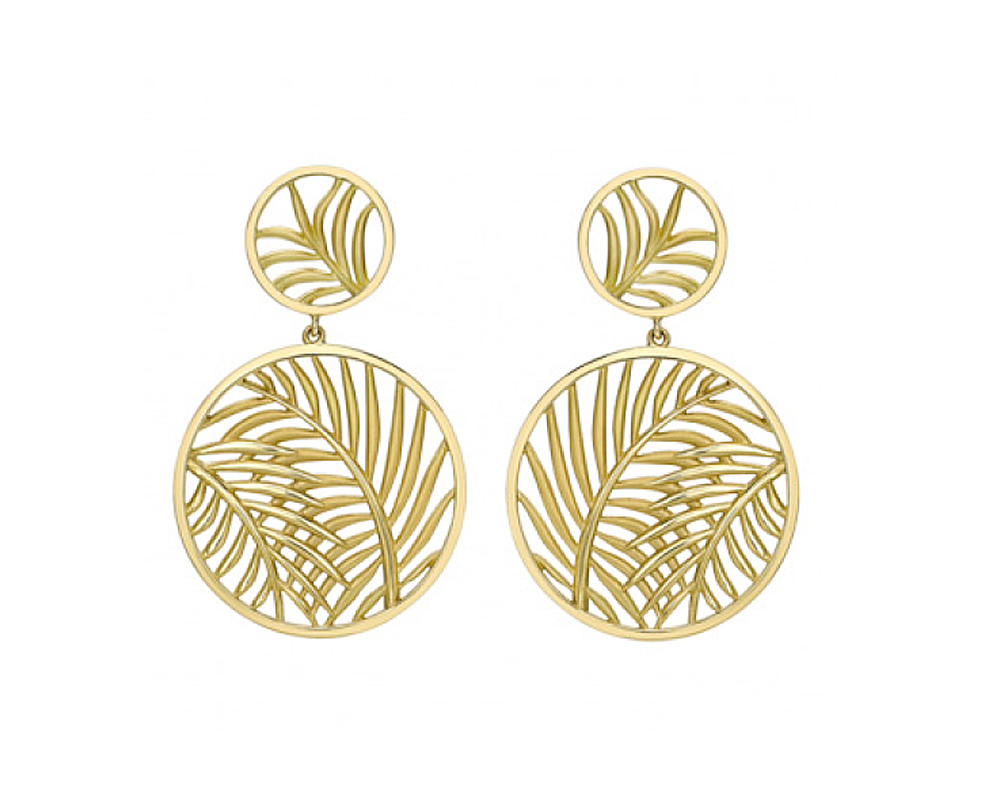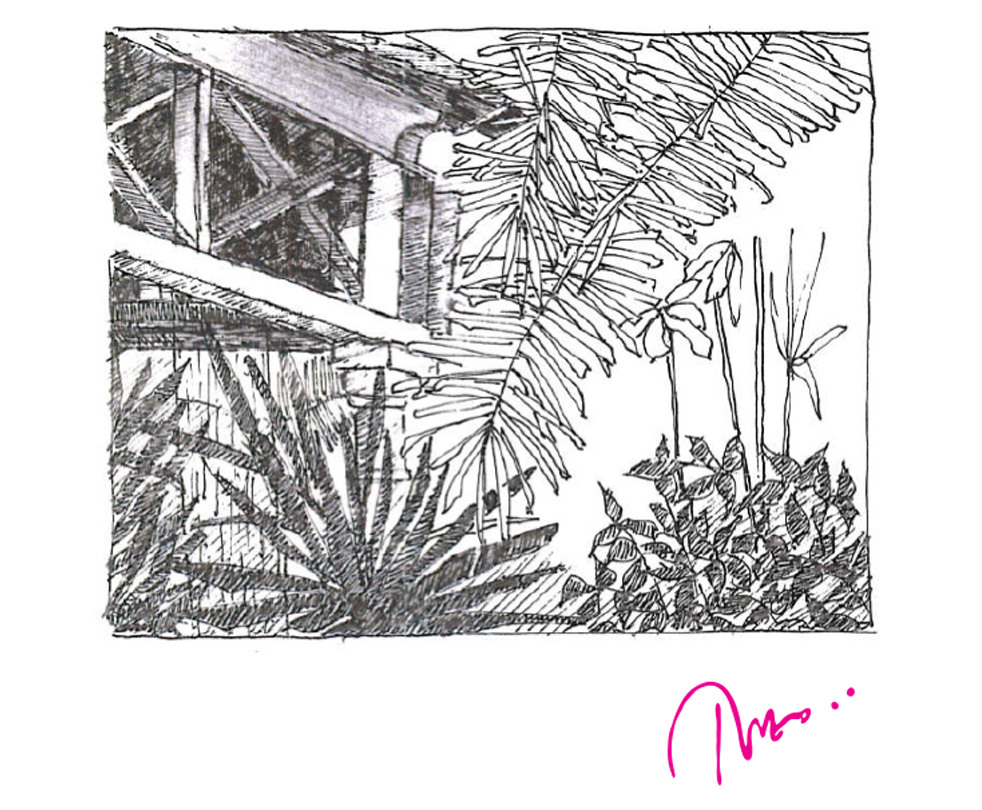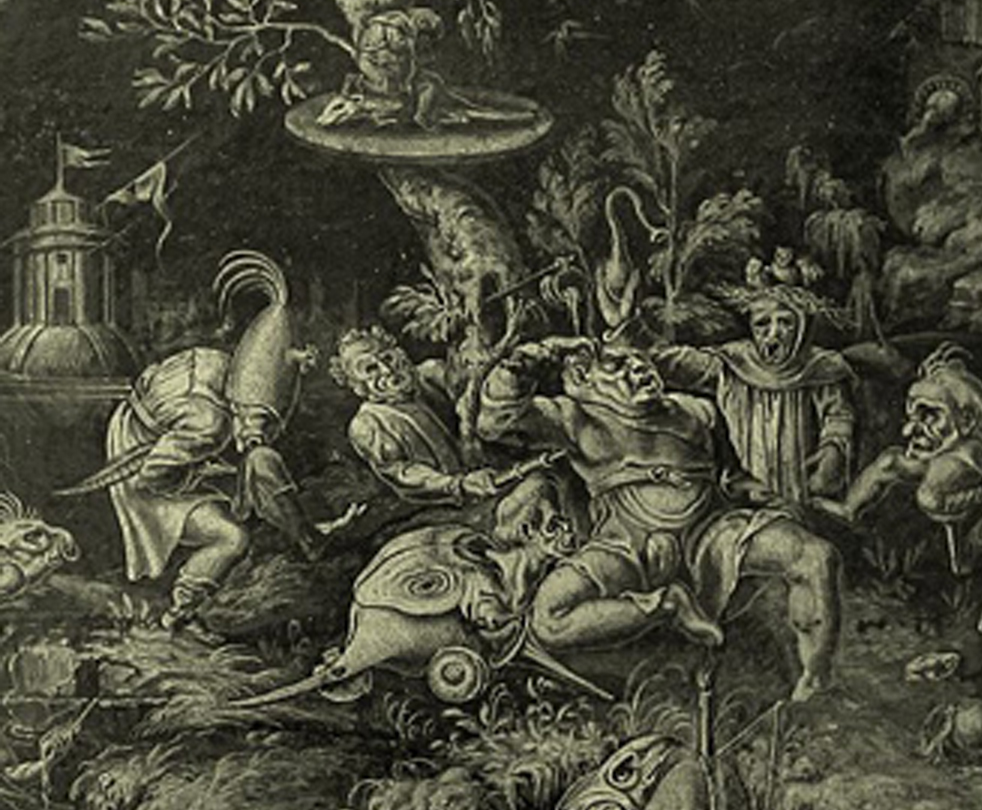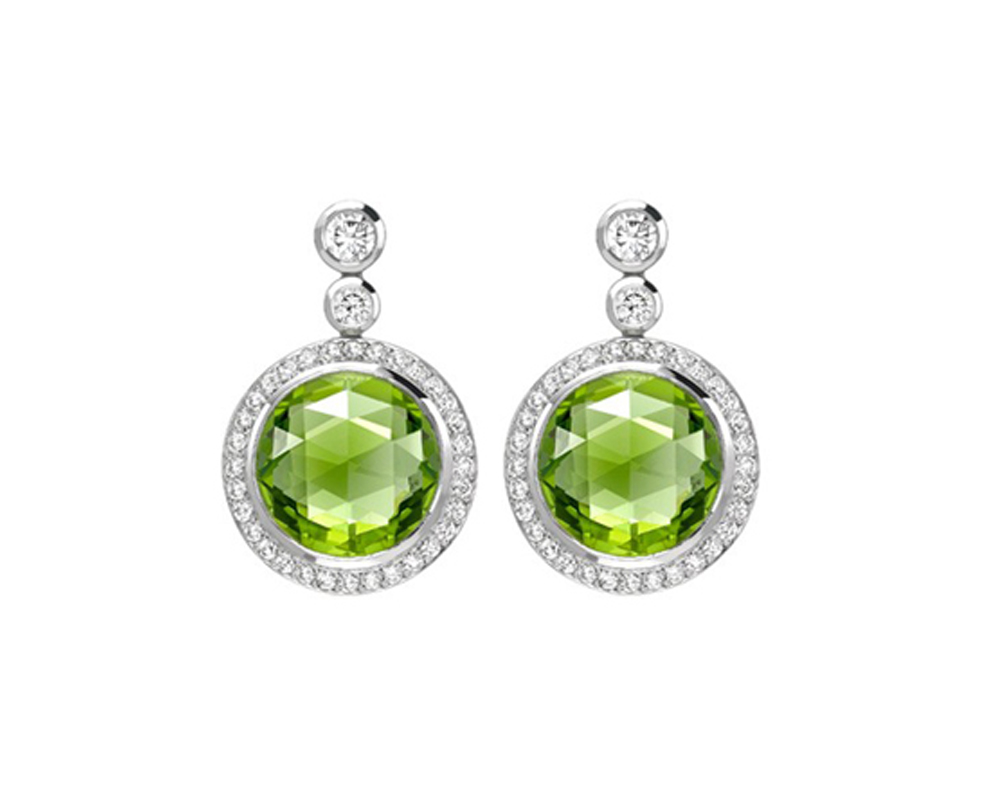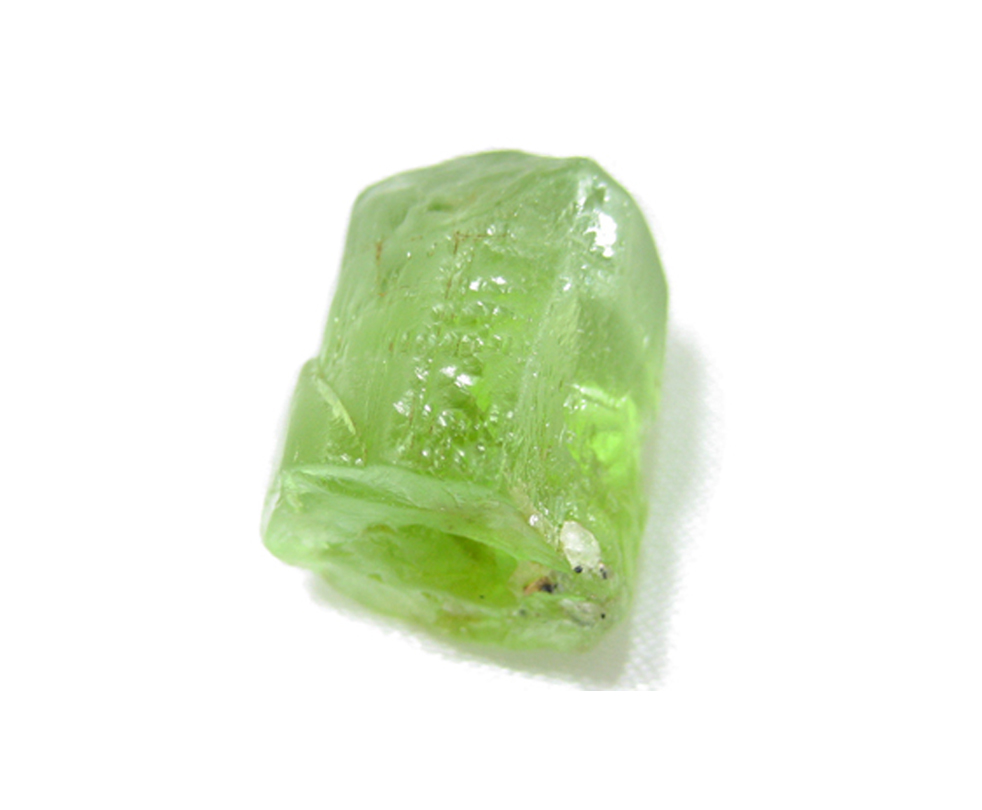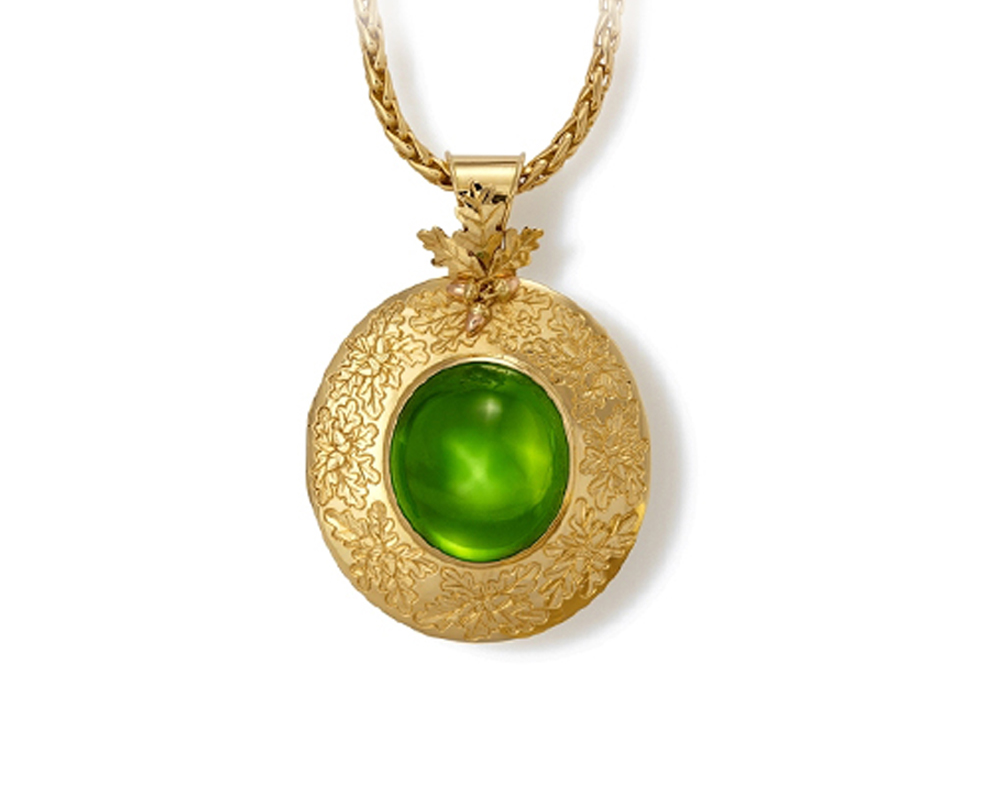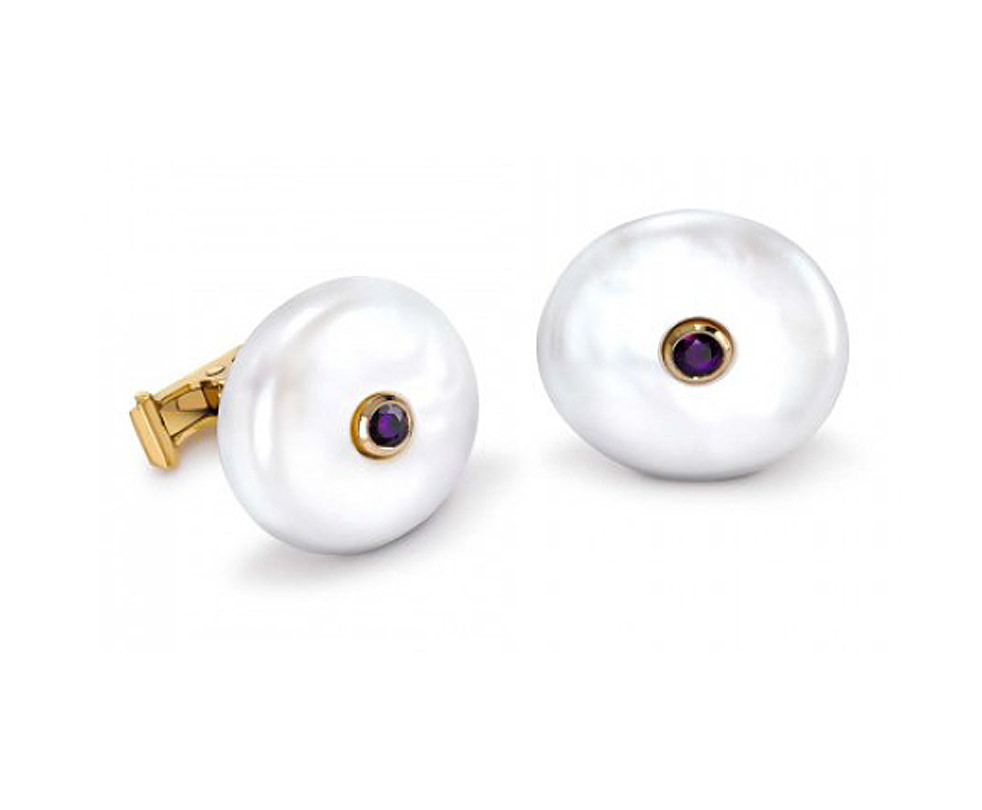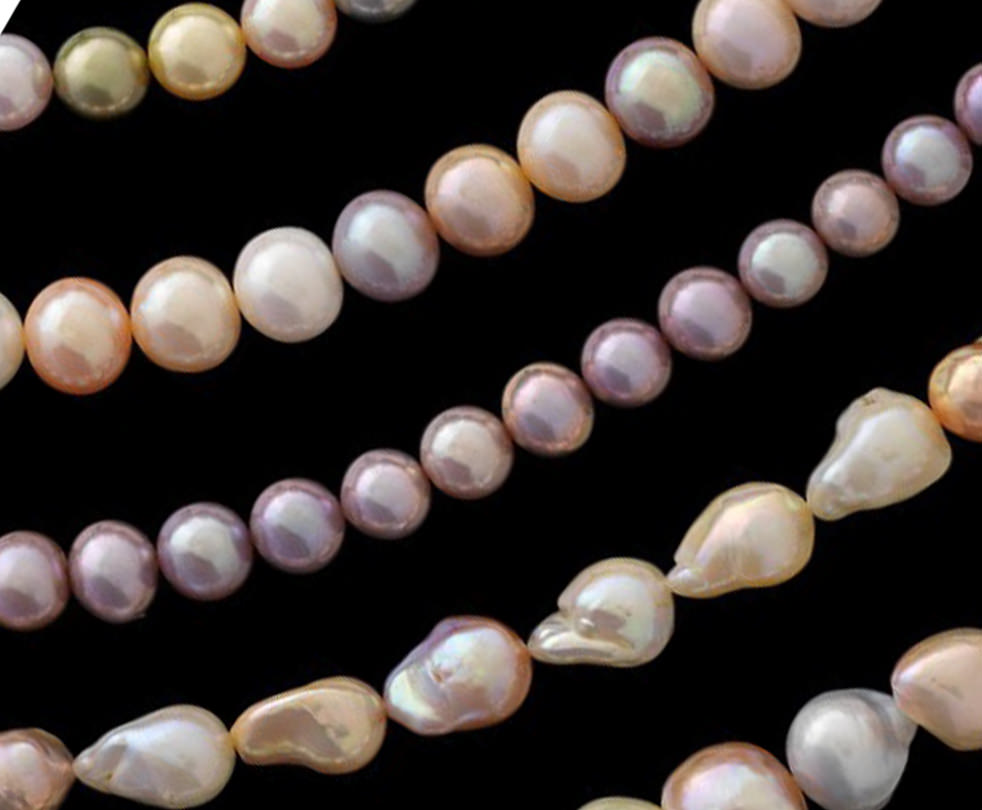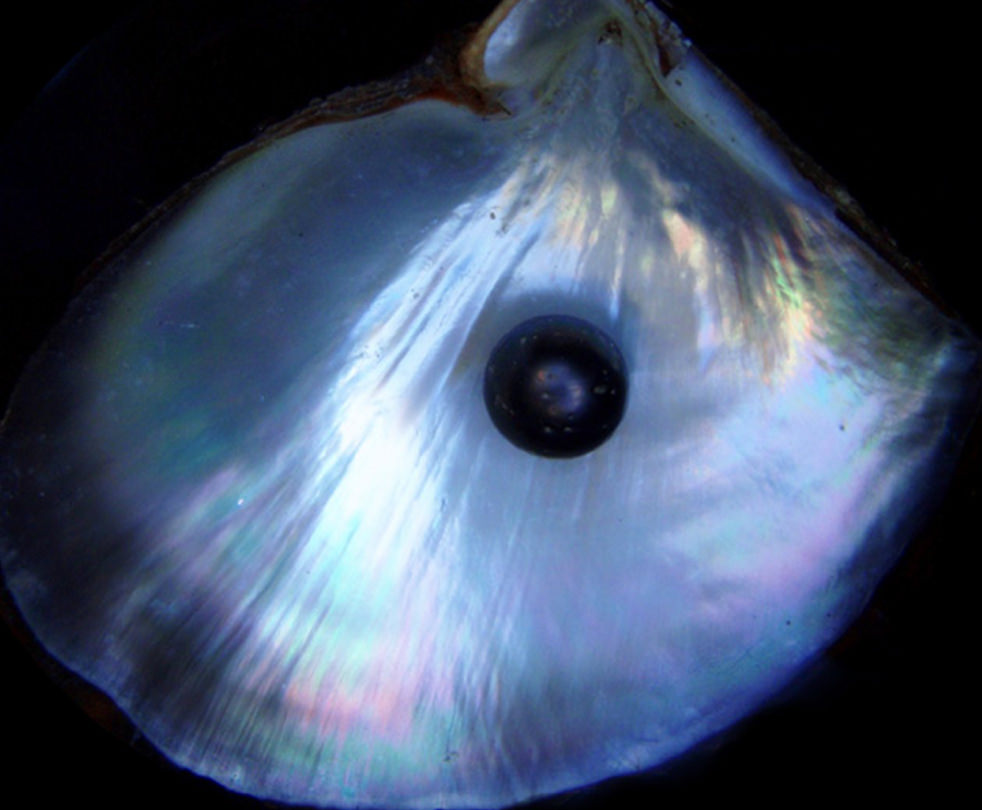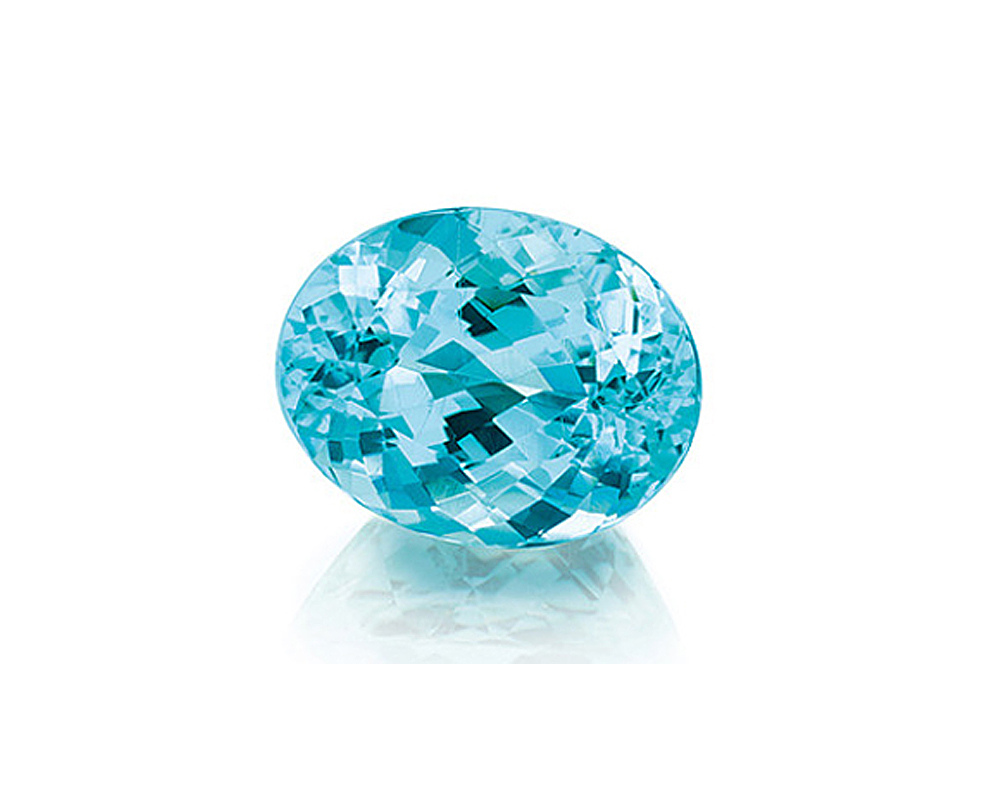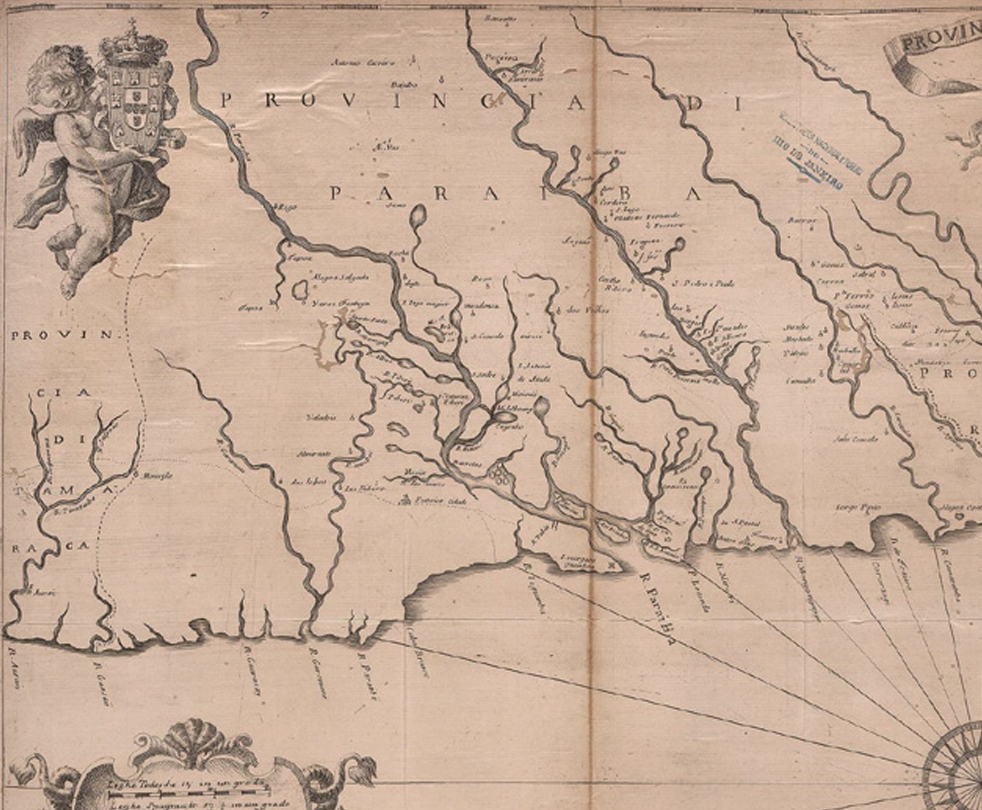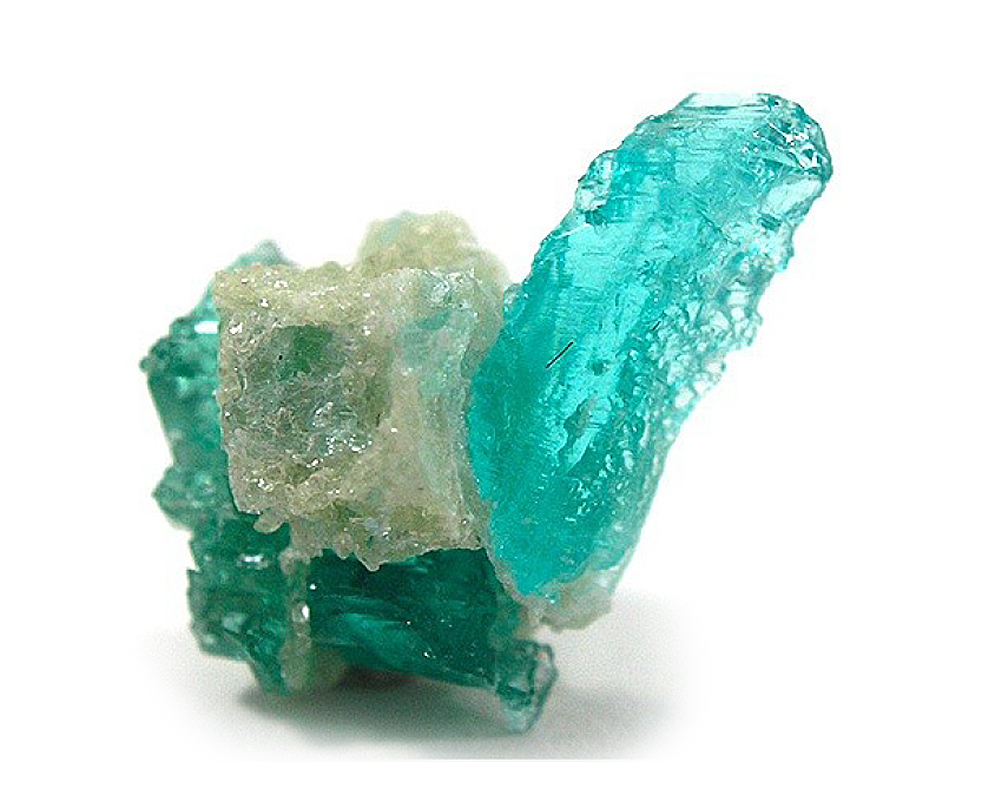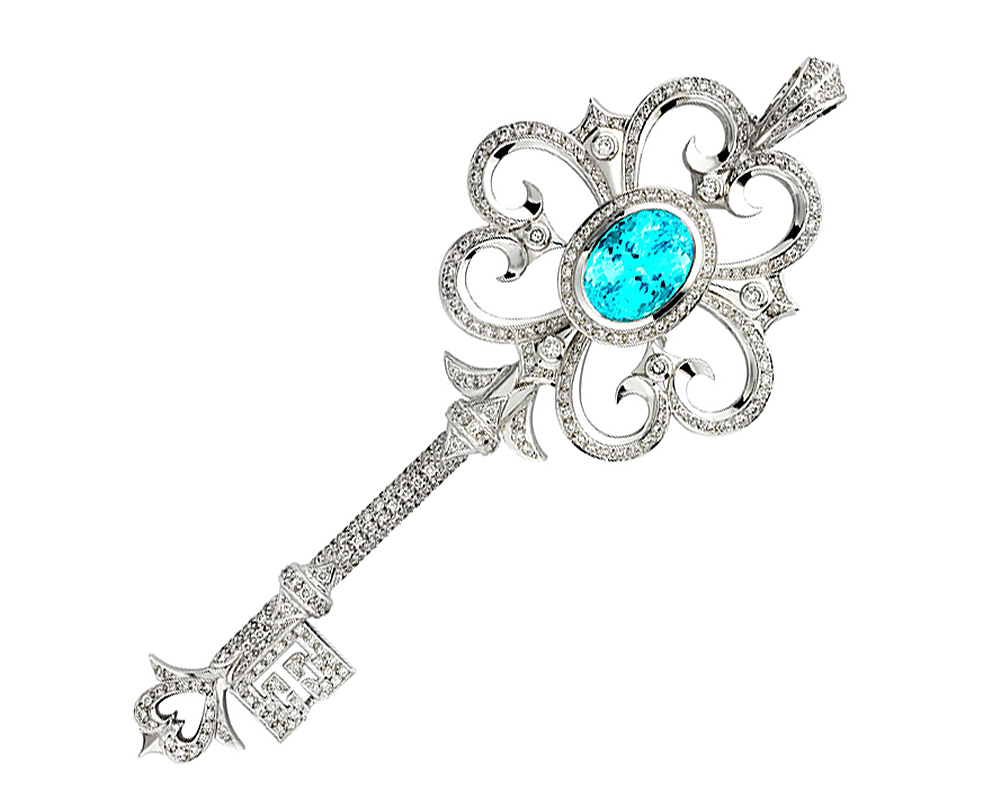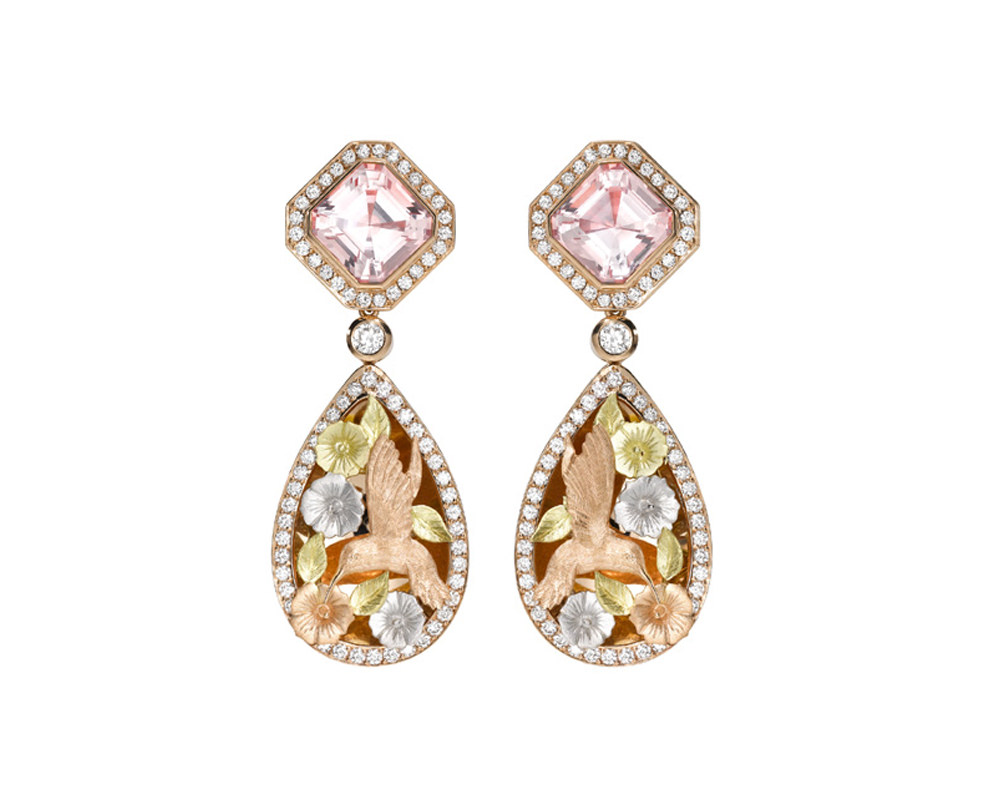Rubellite is a name given to members of the tourmaline family that have a really distinctive red or bright pink colour. There are many Tourmalines in the red and violet spectrum but only the most resonant in colour can be called Rubellite.
Even the best stones often have inclusions but, so long as they don’t cloud the stone, they are normally tolerated, even by aficionados, but the cleaner the better. The best come from Brazil, Nigeria, Mozambique, Madagascar and Pakistan but some fabulous stones come from the USA also. These are beautiful stones in their own right and should not be thought of as too much the poor relation of Rubies and Spinels.
Description: Rubellite is a bright red or pink member of the Tourmaline family and one of its most exclusive and expensive members.
Hardness: 7 – 7.5 on Mohs Scale
Birthstone: Scorpio and Sagittarius
Ruby can range from brownish-red through pinkish-red to the ideal bright, deep red of the most valuable and sought after stones. The colour is caused by the presence of chromium. The higher the concentration the truer the red. Chromium can also cause fluorescence which contributes to the ‘glowing hot coal’ appearance of some rubies.
The finest quality stones traditionally came from Burma, the colour of which is often referred to as ‘Pigeon Blood’ but other important sources include Vietnam, Thailand and more recently Tanzania and Mozambique where Gemfields are mining some particularly fine stones.
Rubies have been prized for thousands of years across many cultures, they are mentioned several times in the Bible – the quote “The price of wisdom is above rubies” being familiar to most – by Pliny in his Natural History and were referred to as “the king of precious stones” in the ancient Sanskrit language.
Ruby is the anniversary stone for 40 years of marriage, by which time they are well deserved! They are available in a wide spectrum of prices meaning we are able to source stones suitable for a range of projects.
Description: Ruby is the red variety of the Corundum family, all other colours being Sapphires, some of the most beautiful stones come from Burma.
Hardness: 9 on Mohs Scale
Birthstone: July
Rock crystal has been used in jewellery for thousands of years, some of the earliest beads and amulets are made of this gem material. It was easy enough to carve and polish but hard enough to withstand wear. It can sometimes contain attractive inclusions such as fine needles of golden rutile which is referred to as ‘angel hair’ quartz. It is found all over the world but some of the most important mining areas include Brazil, China and the USA.
We use it to make our rather brilliant Lightbulb collection where its high transparency allows the light to reflect off the gold behind the rock crystal creating a truly luminous effect.
Description: Rock Crystal is the colourless, transparent variety of Quartz which is one of the most abundant minerals on earth. It can occur in huge crystals
Hardness: 7 on Mohs Scale
Introducing Palmier… masterfully handmade by our talented team of craftsmen in our Fulham Road Workshop. Intricately woven from a continuous 18ct Yellow Gold flat ribbon wire, this is the finest example of the chain maker’s ancient art. The chain moves with an incredible fluidity, perfectly mimicking the lithe, slithering body of a serpent, whose head “bites” the other end of the chain, so that it can be worn at any length.
Our Pavlova collection is named after the great fin de siècle Russian Ballerina, the first superstar dancer. She mixed different disciplines and styles in a supremely original way. Our use of such surprising combinations of rare coloured stones within a variation of a classic format seemed to echo her spirit. We also thought it was appropriate for her to have exquisite jewels named after her as well as a pudding…
Most jewellery and silverware is pre-polished to give it an evenness on which the last few touches can be carried out, say setting for jewels and engraving for silver, and they are then polished, at the end of all the work having been carried out on them to burnish and finish the pieces.
Being the final job polishing can make or break a piece and is a real art form at its best. Polishing is done by mops made of different hardnesses of material and with different polishing substances on them used one after the other to gradually build up the polish to the brilliant finish we are all familiar with. It is a dirty and dangerous job but absolutely vital as bad polishing can ruin hours of great work and good polishing enhance it.
As well as polishing, the polisher will also use other finishes on a piece.
Gilding and Gold Plating – The covering of various areas of, or the whole piece, in Gold plate. This can be done on most metals but, normally, Silver. There are various different colours and purities of gold used to do this.
Oxidising – Specifically on silver, oxidising is used to give an antique, blackened look and to give contrast to a piece.
Rhodium – A rare, hard, silvery white precious metal, a member of the platinum group, it is used in jewellery to plate white gold to improve appearance and to plate silver to prevent tarnishing.
Lustre – This refers to the amount of light reflected off the surface of a gem, and is influenced by both the hardness of the stone and how well it has been polished, essentially – how shiny is the surface of the stone.
A dense, malleable grey-white metal which is one of the rarest with only a few tonnes mined each year, its rarity makes it highly valuable and its hardness and tarnish resistance make it ideal for use in jewellery. Platinum has required a legal hallmark since 1975, it is marked 950 which means it is composed of 95% platinum together with 5% additional alloy.
It is one of only three Noble Metals in general use. It is tough and exceptionally non-corrosive but became popular relatively late in life, at the beginning of the 20th century, as a jewellery medium.
It was a perfect material for the very geometric designs of the time and its hardness made it perfect to use for claws in which to set stones in the emerging diamond-based designs of so much of the jewellery of the time.
Talismanic and beautiful in its simplicity, Phi is the ancient Greek symbol of the golden ratio, the sign of harmony in all things. Jewellery emotionally charged and to last many lifetimes- this is not an ephemeral whim of fashion. They are beautiful examples of perfect unity between design and craftsmanship, elegance and thoughtfulness.
Inspired by the shadows of dappled light falling through palm leaves, the Palm Collection combines beautiful modern design with traditional craftsmanship to create a contemporary and unique style which is a signature of Theo Fennell.
Crafted from 18ct White Gold and Pavé Diamonds and 18ct Yellow Gold, the collection features earrings, pendants and cuff bangles which are timelessly stylish.
It occurs when trees fall and get buried by layers and layers of earth and sediment which compact down and seal the timber off from oxygen thereby protecting it from decay. When mineral rich water flows slowly through the sediment it replaces the original organic material with inorganic minerals such as silica.
This results in a material that looks ‘woody’ in appearance but is hard and cold like stone to the touch.It can be found in huge slabs big enough for table tops but is most often seen cut into slices or used for carvings. The typical colours are varying shades of brown, grey and deep orangey red with green/blues and pinks more rare, all colours are dependent on the differing mineral content of the water. Areas of petrified forest can be found across the globe from America to India and Argentina to New Zealand.
Description: Petrified Wood is not, as its name might suggest, terrified but rather it is wood that has been fossilized over millions of years! It is found all over the world.
Hardness: 7 – 8 on Mohs Scale
The word peridot comes from the Arabic ‘faridat’, which means ‘gem.’ Most peridot formed deep inside the earth and found its way to the surface via volcanic action, as indeed did diamonds. Traditionally associated with light, the Egyptians referred to it as the ‘gem of the sun’. Some believed that it protected its owner from ‘terrors of the night’, especially when it was set in gold, others that it would ward off evil spirits.
Major mining areas are found in Burma, Pakistan, the USA and China although it can be found in various other countries including Norway, which mines slightly paler coloured stones with real lime hues.
Description: Peridots are the gem quality variety of the mineral Olivine and are prized for their intense green colour and life; they are found in Burma.
Hardness: 6.5 – 7 on Mohs Scale
Birthstone: August
Pearls can be saltwater or freshwater and produced entirely by a natural process or they can also be cultured whereby the growth is artificially initiated. They are formed in molluscs (oysters or mussels) as a defense against an irritant such as a parasite. The mollusc reacts by encasing the irritant in layers of nacre, which is a hard calciferous material like their own shells. Natural pearls are becoming increasingly rare and highly sought after with top quality examples costing hundreds of thousands of pounds. They were traditionally found in some of the most beautiful areas of the world, the Persian Gulf, Gulf of Manaar (between Sri Lanka and India), and the South Pacific for South Sea pearls.
The pearls were collected by free divers who were able to descend a long way on a single breath with no equipment. Cultured pearl production is now a huge industry but began in 1896 when Kokichi Mikimoto first succeeded in his ambition to create pearls. It took a few years to perfect the procedure, whereby a shell bead is implanted into an oyster around which the pearl will form, with good quality Japanese cultured pearls first appearing on the market around 1905. Needless to say the price difference between natural and cultured pearls is huge and only increasing.
Pearls come in a wide range of sizes, colours and even shapes. The tiniest are seed pearls which are only about 1mm whilst the largest are the South Seas which have been known to exceed 20mm in diameter. Naturally, they come in colours such as white, grey and golden largely depending on where they grow and what the oyster or mussel eats. As a natural, organic product, pearls need to be treated with some care as they can be damaged by hair spray, scent and many cosmetics. They should be cleaned with warm water and a soft cloth and as the old adage goes, “be the last thing you put on in the morning and the first thing you take off at night.”
In ancient China, pearls were believed to guarantee protection from fire-breathing dragons, whereas in Europe, they have traditionally been associated with purity and innocence, hence their popularity in wedding jewellery. We like to spice things up and mix these beautiful lustrous gems with our signature skulls, crosses, bees and bright colourful stones.
Description: Pearls are one of the earliest gems used for self adornment and were once more highly valued and sought after than diamonds. They come from both rivers and seas and being organic are fairly soft.
Hardness: 3 on Mohs Scale
Birthstone: June
It was only discovered in the late 1980s and named after the state in Brazil where it was originally found. Clean stones of a good size and colour are rare and therefore extremely expensive. The intense colour of these stones is caused by copper and so gems of this variety, new deposits of which have very recently been found in Africa, are often referred to as Cuprian (meaning ‘copper bearing’) Tourmalines.
There is some debate as to whether or not the African gems should be called ‘Paraiba’ or if the name should strictly be reserved for those stones mined in Paraiba.
Description: Currently the most sort after and highly prized variety of the tourmaline family is this electric, neon blue Paraiba Tourmaline. Found in Brazil.
Hardness: 7 – 7.5on Mohs Scale
Fact: Features in the Guinness Book of records.
Part of the great traditions of jewellery, opening rings fell out of favour for some time, mainly because they are incredibly difficult to make really well. Fortunately we have some of the finest craftsmen in the world in our workshop to make even the most complicated and exotic designs.
They allow for such a wealth of different techniques and interesting variations and we use all the skills there are to make miniature masterpieces. Many of these creations genuinely amaze even the most experienced jewellery collectors.
Is, essentially, naturally formed glass… but what a dramatic formation. It is thrown up by the eruption of a volcano and the sudden cooling of the lava. It is given further character by those inclusions it picks up in its short metamorphosis. This means that desert sand to give it a rust colour or Cristobalite can give it a snowflake mottle rather than just its usual darting black colour.
It has been used for tens of thousands of years to make sharp tools and blades; as it still is today. It is found pretty much wherever there are volcanoes.
Description: Obsidian can be found in locations which have experienced rhyolitic eruptions. Acigöl town and the G.llü Dag volcano were the most important sources in central Anatolia.
Hardness: 5 – 6 on Mohs Scale
Opal is formed of tiny spheres of silica and the colours seen in any particular example depend upon the size and arrangement of these spheres. They have a relatively high water content, up to 5% which means they are susceptible to dehydration and should not be kept in hot or dry conditions. The Greeks thought Opal gave powers of foresight and prophecy and the Romans believed them to be a symbol of purity and hope.
Queen Victoria was a huge fan and not only wore them herself but gave them as gifts to each of her daughters for their weddings. The vast majority of gem quality opal is now mined in Australia; the town of Coober Pedy is a world famous source and Lightning Ridge is famed for its black Opals.
A relatively new source is the northeastern Wollo Province in Ethiopia, which became a major producer with the 2008 discovery of a large amount of white opal with a strong play of colour. The striking, bright orange-red stones that are mined in Mexico are also popular and are known as Fire Opal.
Description: Precious opals are prized for their vivid, iridescent, rainbow colour flashes which play out against either a dark or light background, Australia is the best known source.
Hardness: 5.5 – 6.5 on Mohs Scale
Birthstone: October
Unlike the transparent varieties of Quartz such as amethyst and citrine, Onyx belongs to the group of translucent to opaque stones referred to as polycrystalline. It has been used since antiquity, both for jewellery and as an ornamental gemstone for carvings and statues.
Many cultures have put faith in its protective properties and have worn it in battle, to shield them from the evil eye and even during labour to ensure a safe delivery. Black gems have fallen in and out of fashion over the years, high points include the later half of the 19th Century when Queen Victoria, mourning the loss of her husband Prince Albert, wore a lot of black jewellery, making it very popular.
The following century, during the 20s and 30s it was in vogue once more with the monochromatic look popular during the Art Deco period.
Description: Onyx is the black sheep of the Quartz family, it is an opaque gem that can be cut or carved and polished to a high shine and can be found in Brazil, Sri Lanka and Madagascar.
Hardness: 7 on Mohs Scale
This is the craftsman or woman, often referred to as a Goldsmith, that actually makes the body of a piece of jewellery. They fashion the piece for the setter to set stones into, the engraver to engrave, the enameler to enamel and the polisher to polish.
They are the person who follows the original artwork to achieve what the designer wants. As with all craftsmen, they are exceptionally talented artists in their own right and have supreme skills. They have been feted as the most talented of craftspeople for thousands of years.
Devised by the German mineralogist Friedrich Mohs (1773-1839), this scale is a practical method of comparing the different levels of hardness of different minerals and gems. It is measured in terms of the ability of a material to resist scratching by those above it in the scale. It is a table of 10 different minerals, arranged in order from Talc the softest at number 1 to Diamond the hardest at number 10.
It should be noted that the levels of hardness are relative and the difference in actual hardness is greater between numbers 9 and 10 than between 1 and 9!
Fact: As a comparison with some more usually encountered materials in terms of hardness:
- Graphite (pencil lead) – 1.5 Mohs
- A fingernail – 2.5 Mohs
- Window plate glass – 5.5 Mohs
- Steel file – 6.5 Mohs
These pretty stones, which are always on the pastel side and not strongly saturated, offer a soft and gentle colour to our palette. The colours are caused by tiny amounts of manganese in the crystals and the best examples are currently being mined in Brazil and Madagascar. The stones are frequently heated to enhance the pink tones which are the most popular.
Previously known only as Pink Beryl, it was re-christened in 1911 by the gemmologist G.F. Kunz and named in honour of the famous American banker John Pierpoint Morgan. Morgan was one of the most important gem collectors of the early 20th Century and made many generous donations to museums in both New York and Paris – so that’s how to get a stone named after you!
Description: Morganite is the pink member of the Beryl family and occurs in hues from the palest sugared almond pink through to rose, peach and salmon coloured stones, it is found in Madagascar.
Hardness: 7.5 – 8 on Mohs Scale




